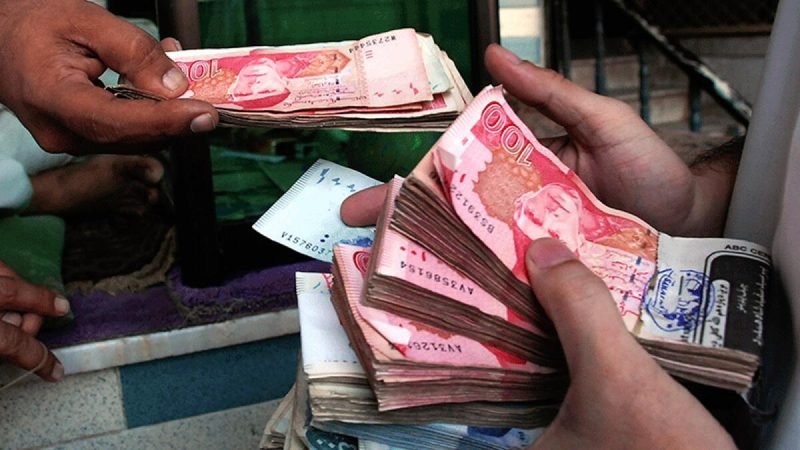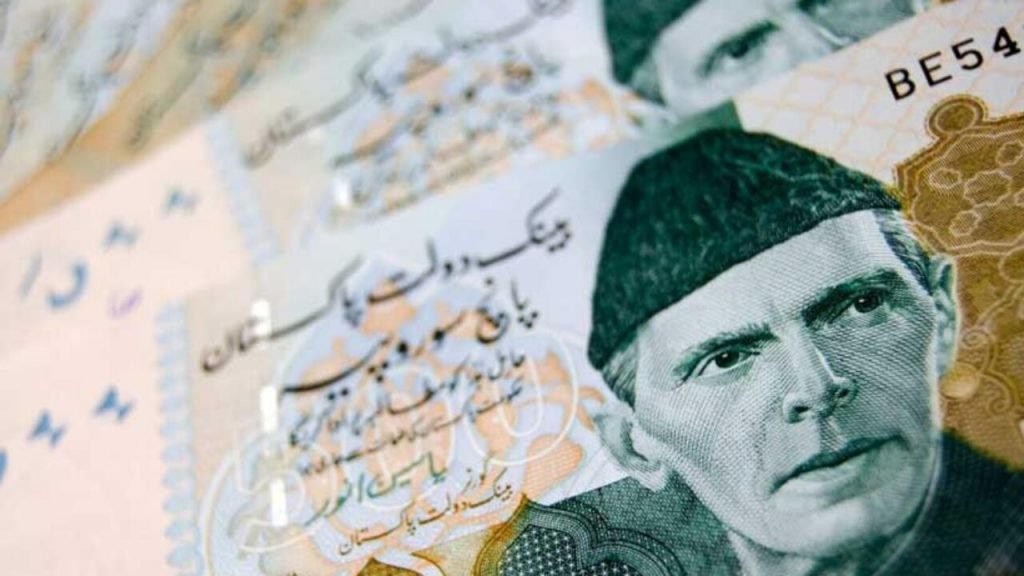Bureaucracy and Expansionary Inflation

As Pakistanis grapple with doomsday-ish inflation, the government seems to be placating them with more of the same rhetoric of global price increase and supply chain disruptions. Recently I came across a statement hitting out at the disparity between price increase over time and may increase over time that said “Qeematain aalami mandi wali aur tankhwa sabzi mandi wali” (Item prices according to global market and salaries according to vegetable market). The challenge of rapid inflation and economic deterioration over time isn’t something new. Shockingly, the figures point out that the rupee has lost 80% of its value since 2010. 80%. This implies that everyone is 80% poorer than they were 11 or so years ago. Suffice to say, this degradation has been an ongoing process and the government has done little to stop it. Notwithstanding externalities like corona, war on terror and similar enemies which have made us worse off.
Price change over time is not a phenomenon unique to our country. However, government action or inaction in response to market forces can play a key role if it decides to intervene intelligently. The keyword here is consistent and actionable market regulation over various sectors. We often talk about problems at a policy level but there is little oversight and course correction at the grassroots level. Unfortunately, regulation in Pakistan has been underwhelming, to say the least. Take for instance, basic commodity price regulation. The Price Control Profiteering and Hoarding Act of 1977 list 57 items that the government has the power to regulate price-wise. Meaning thereby, that the Deputy Commissioner is empowered by law to set prices of certain essential items and enforce them through magistrates. The mechanism of price fixation is simple, where DCs call a meeting of relevant stakeholders within a district and deliberate upon the prices of items. This is done in collaboration with the food department and the market committee. The food department and other price magistrates visit local mandis daily when prices of items are being set and notify price-lists for the district. It is supposed to take place every month and the fixated prices are then mandated to be displayed in conspicuous places in all shops.
Here is what happens in reality. The meetings are held with various frequencies across different districts. Almost in all meetings, the idea is to increase prices (not set prices as almost always prices increase) commensurate with different districts. Consequently, the notified prices are often unrealistic to market prices and thus unactionable. As for the items such as vegetables and meat that are daily notified at official mandis through the food department. These prices are relatively realistic but several variations exist in them due to location, market nature, number of vendors, quality of product etc.
The second comes price notification and intimation to the citizenry. We still rely on the primitive method of office notification and rate list displays in markets and some local media coverage. As most media coverage on pricing is negative, it is most often avoided. Further, the citizens are unaware of any changes in price items notified by the government. They have only conveyed a general sentiment through news channels.

The most important tier of this exercise is enforcement. Price magistrates are empowered to spot check prices within different markets and punish those violating the sanctioned price lists. The first shortfall of this law is its limited applicability. Price fixation (if at all done) is a very complex and specialized process. Different quality items have different prices and the law allows fixation of the commodity at its most basic level. For instance, prices of Apples can be fixed under quality A and B but no mechanism exists for imported apples or organically farmed apples etc. This law does not apply to any restaurant or upscale hotel which can sell a roti or naan for unto 150/- rs offering various justifications.
Enforcement requires spot checks and actions on complaints. Firstly, the disparity between the number of price magistrates versus the number of markets is huge. Price magistrates, usually Assistant Commissioners, District Food Controllers, Assistant Food Controllers, have several functions in addition to price checking and thus complaints of this nature automatically take a back seat. Dedicated departments doing so within districts also suffer from resource limitations as well as clarity in implementation. Further, usual interventions in price enforcement include fines (of up to 100000/-), imprisonment and/or sealing of the premises. Empirical evidence points that all these coercive measures do not contribute to price control rather have become routine exercises that ultimately achieve nothing. Markets self-regulate despite price notification and enforcement. Sealing of premises and fines do not bring overall commodity prices down but just create a fear factor or commodity shortage. Case in point being the recent sugar price commission, sugar price setting and its results.
Coming towards a solution, it is mandatory that a realistic price setting is ensured. Further, the law needs to be amended to be more expansive and all-engulfing towards products available in the market. Forums such as the citizens portal are excellent platforms to inform citizens of new prices of commodities. Certain applications like the marastyal app exist where citizens can inform their government regarding overpricing. The opposite mechanism needs to be in place too. Coercive actions need to be more expansive such as entire market sealing, heavier fines, goods confiscation and sale. Better policing over sabzi mandis to ensure no unrealistic prices are set at the time of price setting is also pertinent. The relevant Deputy Commissioner must be trusted to take aggressive steps for price control and set prices realistically, no matter how administratively unfriendly the move may be. Most importantly, any subsidies given by the government should be at a divisional level and left to be managed by the food department, agriculture in collaboration with the District Administration to benefit the masses. The aforementioned steps can help soften the blow of inflation for the population.


















